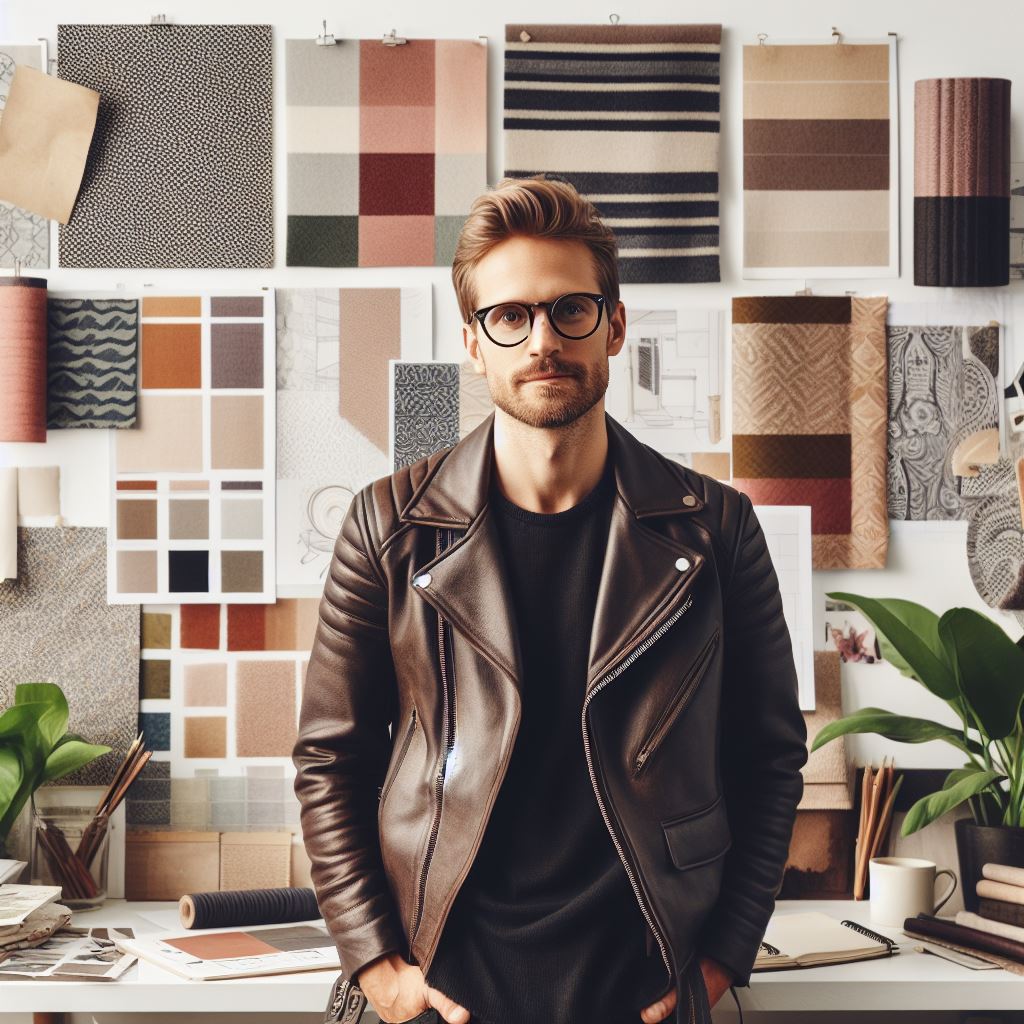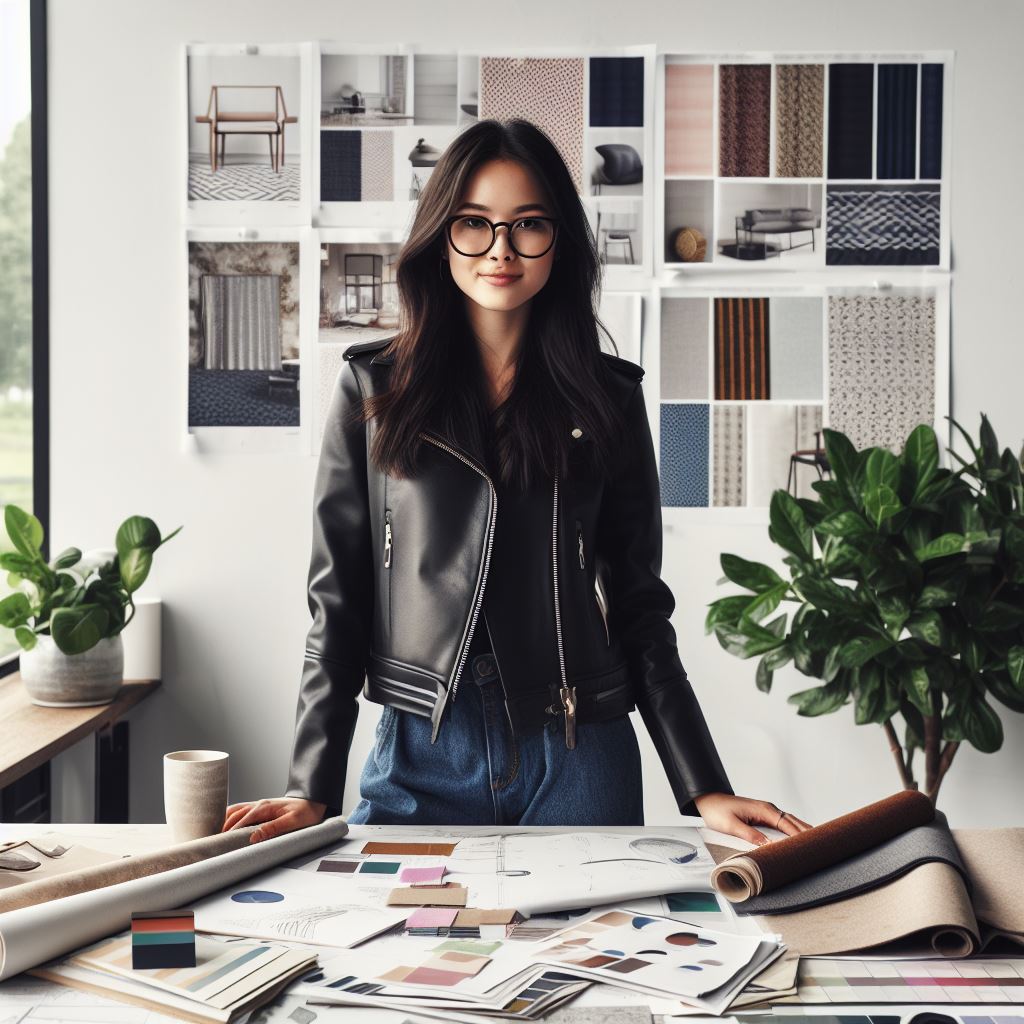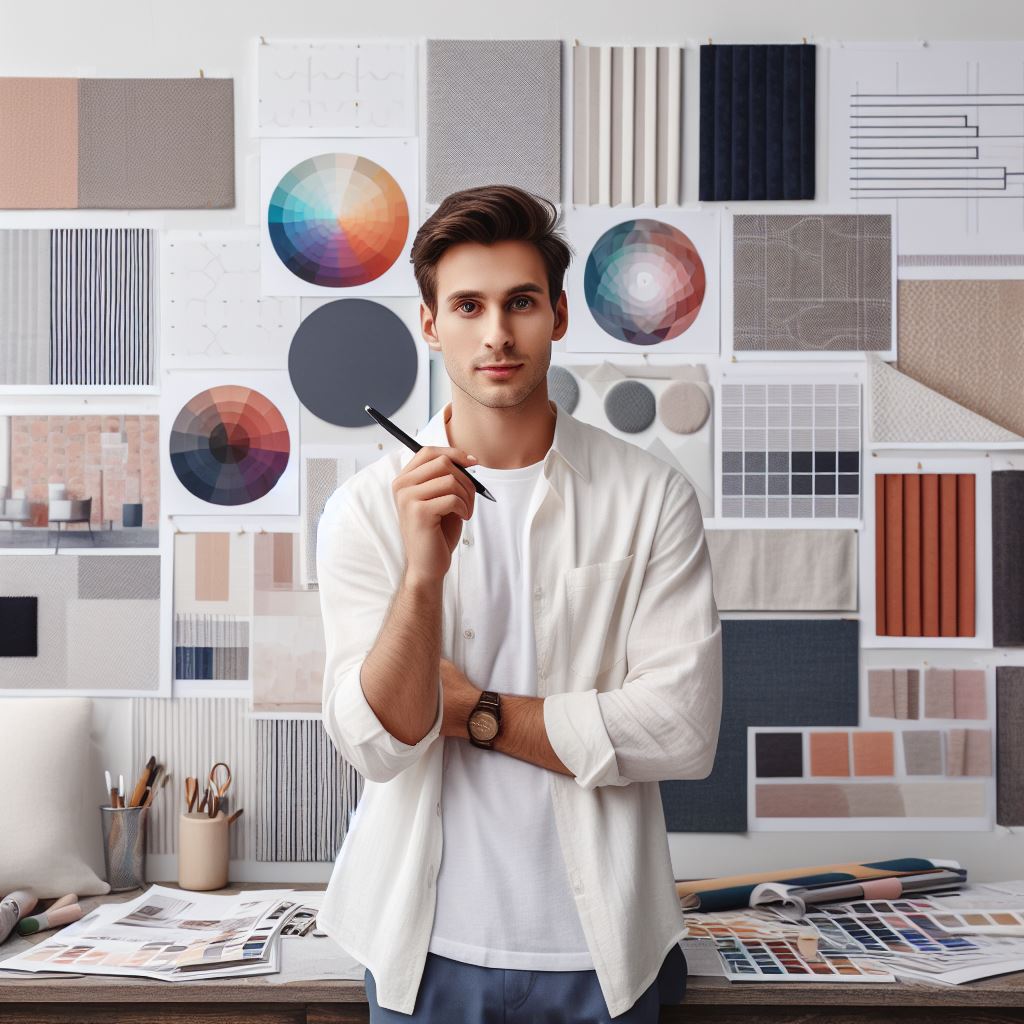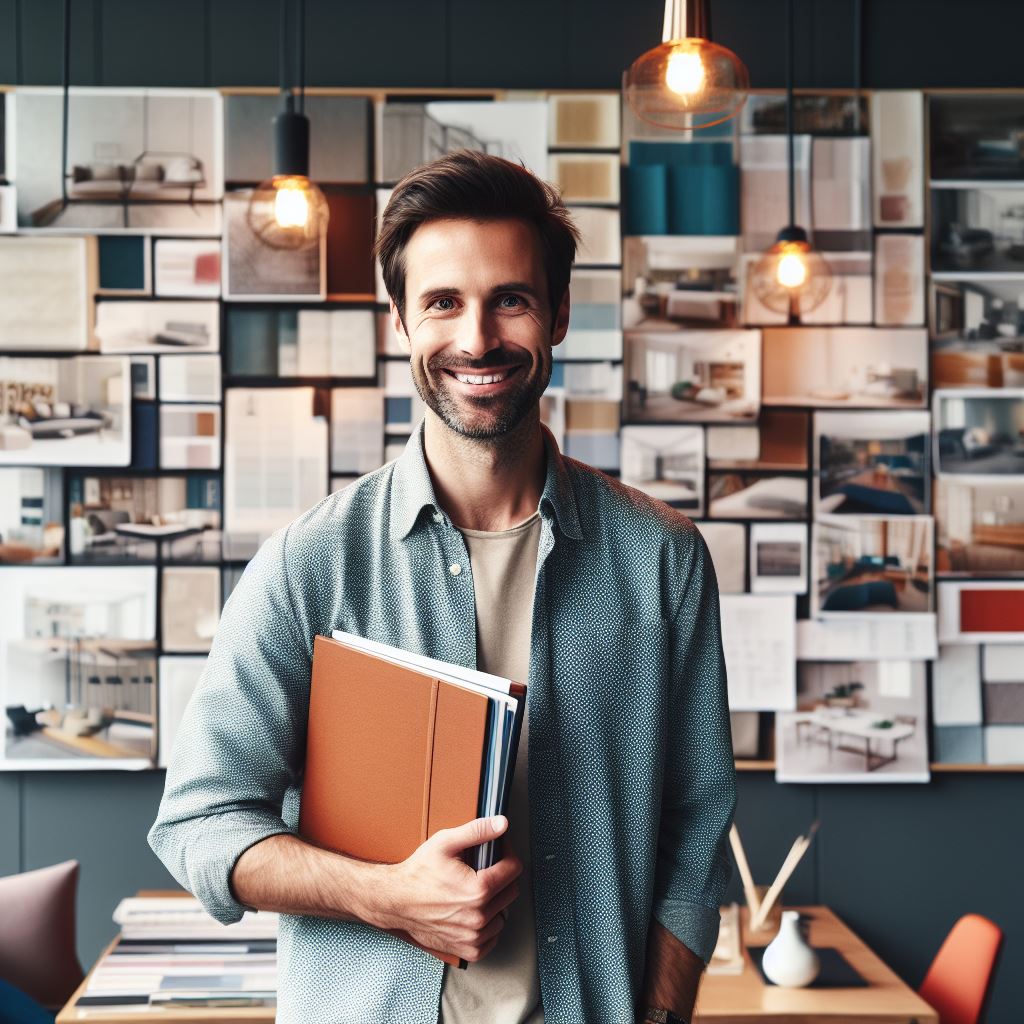Introduction
A. Importance of Interior Design in the USA
Interior design in the USA isn’t just aesthetics; it shapes functionality, mood, and livability. It’s a transformative force.
B. Purpose of Discussing Future Trends
- Stay Ahead: Understanding emerging trends ensures staying at the forefront of the dynamic design landscape.
- Client Satisfaction: Meeting evolving client expectations is crucial for professional success.
- Industry Relevance: To remain relevant, designers must anticipate and adapt to changing design preferences.
- Technological Integration: Exploring how technology influences design is key for modern, tech-savvy spaces.
- Sustainability: The growing emphasis on eco-friendly design practices shapes the future of interior aesthetics.
This section will navigate through these aspects, unveiling the fascinating journey of interior design’s evolution in the USA.
Historical Evolution of Interior Design in the USA
A. Overview of early American interior design styles
- Colonial style, characterized by simple, practical furnishings and decorative elements.
- Federal style, influenced by European neoclassical designs, featuring symmetrical layouts and delicate details.
- Victorian style, known for its ornate and lavish furnishings, inspired by the British Victorian era.
B. Influence of European designs on American interior design
- During the Renaissance, European ideas and styles began to influence American interior design.
- French Rococo and Baroque styles brought opulence and elegance to American interiors.
- English Georgian and Regency designs introduced symmetry and classical elements.
C. Shift towards more modern and contemporary styles in the 20th century
- The Arts and Crafts movement promoted simplicity, craftsmanship, and natural materials.
- The Art Deco style emerged in the 1920s, featuring geometric shapes, bold colors, and luxurious materials.
- Mid-century modern style, popularized in the post-World War II era, focused on functionality and minimalism.
D. Key developments in American interior design
- Adoption of technology, such as electric lighting and central heating, influencing design possibilities.
- Growing interest in sustainability and ecological design, leading to the use of eco-friendly materials.
- The rise of open floor plans, reflecting a desire for more flexible and communal living spaces.
- Incorporation of technology in interior design, including smart home features and innovative materials.
- Emphasis on personalization and individuality, allowing homeowners to express their unique style.
E. Influential American interior designers
- Elsie de Wolfe, considered the first professional interior designer, known for her eclectic and glamorous style.
- Dorothy Draper, known for her bold use of color and patterns, revolutionizing interior design in the mid-20th century.
- Billy Baldwin, renowned for his elegant and timeless designs that blended antique and modern elements.
- Kelly Wearstler, known for her eclectic and avant-garde designs, often incorporating bold patterns and textures.
- Nate Berkus, recognized for his approachable and stylish designs, focusing on creating comfortable yet sophisticated spaces.
In essence, the evolution of interior design in the USA has been influenced by a variety of factors, including historical European designs, technological advancements, and changing societal needs.
From the practicality of early American styles to the opulence of Victorian designs, and from the simplicity of Arts and Crafts to the minimalism of mid-century modern, interior design in the USA has continuously evolved to reflect the preferences and values of each era.
Today, American interior design is characterized by a diverse range of styles, with a focus on individuality, functionality, and sustainability.
Read: Salary Expectations for Graphic Designers in the USA
Current Trends in Interior Design
A. Emphasis on minimalism and simplicity
- Modern interior design in the USA is leaning towards minimalism and simplicity.
- Designers are now focusing on decluttering spaces and using sleek, clean lines.
- This trend promotes an uncluttered and peaceful environment that enhances relaxation and well-being.
- Neutral colors and natural materials like wood and stone are commonly utilized in minimalist designs.
- Furniture pieces with clean and simple designs that serve a practical purpose are also popular.
B. Integration of technology in design
- The advent of advanced technology has greatly impacted the field of interior design.
- Smart homes are becoming more prevalent, and designers are incorporating technology seamlessly into their designs.
- Automated lighting systems, smart thermostats, and integrated audiovisual systems are just a few examples.
- These technologically advanced features not only improve functionality but also enhance the overall design aesthetic.
- Designers are also now incorporating interactive elements and virtual reality experiences in their designs.
C. Sustainability and eco-friendly designs
- The growing concern for the environment has led to an increasing demand for sustainable and eco-friendly interior designs.
- Designers are using eco-friendly materials, such as recycled wood and natural fabrics, in their projects.
- Energy-efficient lighting systems and appliances are being integrated to reduce energy consumption.
- Green walls and indoor gardens are being incorporated to improve air quality and create a connection with nature.
- This shift towards sustainability not only benefits the environment but also promotes a healthier living space for occupants.
D. Open concept layouts and multifunctional spaces
Another prevalent trend in interior design is the use of open concept layouts and multifunctional spaces.
Walls are being knocked down to create a sense of openness and facilitate better flow and communication.
Designers use multi-purpose furniture and modular designs to maximize space and functionality in smaller living areas.
This trend caters to the modern lifestyle, where flexibility and adaptability are valued.
Open concept layouts also allow for more natural light to enter the space, creating a bright and inviting atmosphere.
In general, the current trends in interior design in the USA emphasize minimalism, technology integration, sustainability, and multifunctionality.
These trends promote simplistic and uncluttered designs, seamless integration of technology, eco-friendly practices, and flexible living spaces.
These trends will continue shaping the aesthetics and functionality of spaces in the USA as the future of interior design evolves.
Read: Top US Cities for Aspiring Graphic Designers in 2024

Future Predictions for Interior Design in the USA
A. Incorporation of artificial intelligence and smart homes
- Artificial intelligence will play a crucial role in revolutionizing interior design processes.
- AI-powered software will analyze user preferences and automatically suggest design options.
- Smart homes will become the norm, with interior design elements integrated with advanced technology.
- Automated lighting, temperature control, and security systems will enhance the overall design and functionality.
- Voice-activated assistants will assist in controlling various aspects of interior design.
B. Integration of virtual and augmented reality in designing
- Virtual reality (VR) and augmented reality (AR) technologies will transform the design experience.
- Designers will leverage VR to give clients immersive walkthroughs of their envisioned spaces.
- AR apps will allow customers to visualize furniture and decor in their own homes before making purchases.
- These technologies will save time and resources by eliminating the need for physical prototypes.
- Collaborative design sessions will be conducted remotely using VR and AR tools.
C. Use of sustainable materials and green design practices
- The growing concern for the environment will drive the adoption of sustainable interior design practices.
- Designers will prioritize using eco-friendly materials that are recyclable and energy-efficient.
- There will be a shift towards using organic and natural materials like bamboo, reclaimed wood, and recycled plastic.
- Energy-saving lighting systems and appliances will be incorporated, reducing carbon footprints.
- Green roofs and living walls will become popular, bringing nature inside and improving air quality.
D. Blurring of boundaries between indoor and outdoor spaces
- Interior designers will focus on creating seamless transitions between indoor and outdoor living areas.
- Large windows and glass walls will be used to bring natural light and outdoor views into homes.
- Design elements like patio furniture, fireplaces, and outdoor kitchens will be incorporated indoors.
- Indoor gardens and green spaces will be designed to enhance the connection with nature.
- Biophilic design principles will be applied to create a sense of well-being and tranquility within interiors.
In fact, the future of interior design in the USA promises exciting advancements and transformations.
Artificial intelligence and smart homes will redefine how spaces are designed and experienced.
Virtual and augmented reality will revolutionize the design process, providing immersive and interactive experiences.
Sustainability will play a crucial role, with eco-friendly materials and green practices becoming the norm.
Lastly, the boundaries between indoor and outdoor spaces will blur, creating harmonious and nature-infused living environments.
Read: Exploring the US Graphic Design Industry: An Overview
See Related Content: Networking Tips for Lighting Design Professionals
See Related Content: Interactive Media Design in Entertainment
Impact of Social and Cultural Factors on Interior Design
A. Influence of social media on design trends
- Social media platforms have become a significant source of inspiration for interior design.
- Users share images and ideas, contributing to the spread of certain design trends.
- Constant exposure to various interior styles on social media drives the evolution of design.
- Design professionals and enthusiasts can easily access a diverse range of design inspirations.
- Social media helps interior designers stay updated with current design trends and innovations.
B. Changing lifestyles and their impact on interior design
- Evolving lifestyles influence the way people use and perceive their living spaces.
- The pandemic has increased the demand for functional and adaptable interior design solutions.
- Home offices and multi-purpose spaces have gained importance due to remote working trends.
- Interior designers must understand and cater to changing lifestyle needs when designing spaces.
- Sustainable and eco-friendly design choices have gained popularity as people prioritize environmental consciousness.
- Incorporating technology in interior design has become essential to meet the needs of modern living.
C. Diversity and inclusivity in design representation
- Interior design should reflect the multicultural society we live in and promote inclusivity.
- Designers should consider diverse cultural backgrounds and heritage when designing spaces.
- By incorporating elements from various cultures, designs become more inclusive and representative.
- Culturally sensitive design ensures that spaces are welcoming and comfortable for everyone.
- Interior designers should be mindful of avoiding cultural appropriation and stereotypes in their designs.
- Collaboration with diverse design professionals can bring fresh perspectives and ideas to projects.
- Emphasizing inclusivity in interior design promotes social cohesion and understanding.
In review, social and cultural factors significantly impact the evolution of interior design in the USA.
Social media plays a crucial role in influencing design trends, while changing lifestyles demand adaptable and sustainable design solutions.
Diversity and inclusivity in design representation promote equality and create welcoming spaces for all.
Interior designers must continuously adapt to these factors to meet the ever-changing needs of society.
Read: Building an Artist Brand: Success Stories from the US
Conclusion
A. Recap of the main points discussed
- Interior design in the USA undergoes constant change.
- Future trends shape design aesthetics, functionality.
- Technology integration redefines spatial experiences.
B. Importance of adapting to future trends in interior design
- Adapting ensures relevance, competitiveness in the industry.
- Understanding evolving consumer preferences, technological advancements is crucial.
- Adaptable designers stay ahead, attract diverse clientele.
C. Encouragement to explore and embrace the evolving field of interior design in the USA
- Embrace innovation, experimentation in design.
- Seek inspiration from diverse sources, cultures.
- Welcome challenges, grow with the evolving landscape.
Overall, embracing change, staying adaptable, and seeking inspiration are key to thriving in the dynamic world of interior design in the USA.
Transform Your Career Today
Unlock a personalized career strategy that drives real results. Get tailored advice and a roadmap designed just for you.
Start Now[E-Books for Sale]
The Big Book of 500 High-Paying Jobs in America: Unlock Your Earning Potential
$19.99 • 500 High-Paying Jobs • 330 pages
Explore 500 high-paying jobs in America and learn how to boost your career, earn more, and achieve success!
See All 500 High-Paying Jobs of this E-Book
1001 Professions Without a Degree: High-Paying American Jobs You Can Start Now
$19.99 • 1001 Professions Without a Degree • 174 pages
Discover 1001 high-paying jobs without a degree! Unlock career tips, skills, and success strategies for just $19.99!




